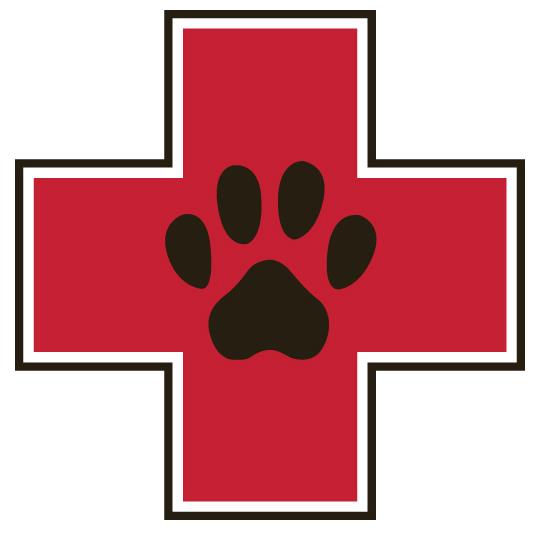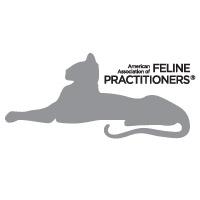Library
-
But whiskers are more than just facial enhancements. They serve an important function. Whiskers are finely tuned sensory equipment that guide a cat through daily functions. These specialized hairs aid vision and help a cat navigate the environment, providing additional sensory input, much like antennae on insects.
-
Burying of toys or food items by dogs goes back thousands of years as a means of preserving food and storing valuable or scarce food resources. Dogs today do it out of ancestral habit and as a means of resource protection. If you notice that your dog seems to be digging compulsively, contact your veterinarian.
-
As long as there are dogs, there will be howling. Whether it is occasional, constant, mournful, or exuberant, howling is part of normal canine communication. Depending on the situation, a howl can take on different meanings.
-
Dogs chasing their own tail can be amusing but also a sign of a bigger problem. Dogs that are left alone for extended periods may get bored or may not be getting enough exercise and to release all that pent-up energy, they chase their tails. Young pups chew their tails as they become aware of their body parts and is usually a passing phase. Older dogs however, may chew their tails when mental acuity diminishes. If your dog suddenly starts chasing or biting at his tail, schedule a veterinary visit, as the cause could be medical in nature (internal or external parasites, an injury, impacted anal glands, or a neurological problem).
-
There are many possible explanations as to why dogs eat grass including gastrointestinal upset. However, most grass-eating dogs are not sick beforehand and do not vomit afterwards. Dogs may eat grass if they are bored, lonely, or anxious. Some dogs will eat grass as a reflection of their ancestral heritage and the need to scavenge, or dogs may simply enjoy the texture and taste of grass in their mouths. Regardless of why your dog eats grass, it is not the best snack for him and may be a vehicle for ingestion of intestinal parasites. You can train your dog to stop eating grass with treats, affection, or commands such as heel.
-
Dogs will always lick, but it is sometimes embarrassing when they lick their private parts. Licking after eliminating is normal; however, if your dog licks more frequently, or you notice other signs such as discharge; swollen or red penis, vulva, or anus; pustules; discoloration of the skin; or if your dog strains to urinate, see your veterinarian for help. Appropriate medical therapy can reduce your dog's discomfort.
-
A dog’s ability to smell is far more advanced than ours. The Jacobson’s organ located inside the nasal cavity, opens into the roof of the mouth behind the upper incisors, and serves as a secondary olfactory system designed for chemical communication related to mating. Dogs use their keen sense of smell, along with a visual assessment, to provide vital information about a new canine acquaintance. The way dogs sniff rear ends can establish which of two dogs is dominant and set the foundation of their relationship. Dogs also have a good scent memory that can identify other dogs they have not seen for years.
-
Dogs tilting their heads is a functional necessity for them to be able to both see and hear better than when looking straight ahead. Different breeds may act differently based on ear and face shape. Sometimes a head tilt may be a sign of a medical problem especially if persistent or not associated with a given audible cue. If your dog cocks his head when there is no auditory stimulation, take him to see your veterinarian.
-
Turning around before bedtime has its origin mostly in evolutionary history where dog ancestors were practicing these habits for health or protection. These innate habits remain in their genetic code to this day, but if your dog is seeming to be doing it excessively, it could be a sign of underlying medical problems, such as arthritis or neurological disorders. Contact your veterinarian if your dog appears to have difficulty settling down.
-
Punishment is not recommended as a training or behavior management tool for pets. It can cause fear, frustration, and even aggression. Using punishment can seriously damage a pet’s relationship with people. Training should focus on teaching desirable behaviors rather than on simply stopping undesirable ones. When pets exhibit undesirable behaviors, it is important to determine and address the underlying reason for the behavior.




